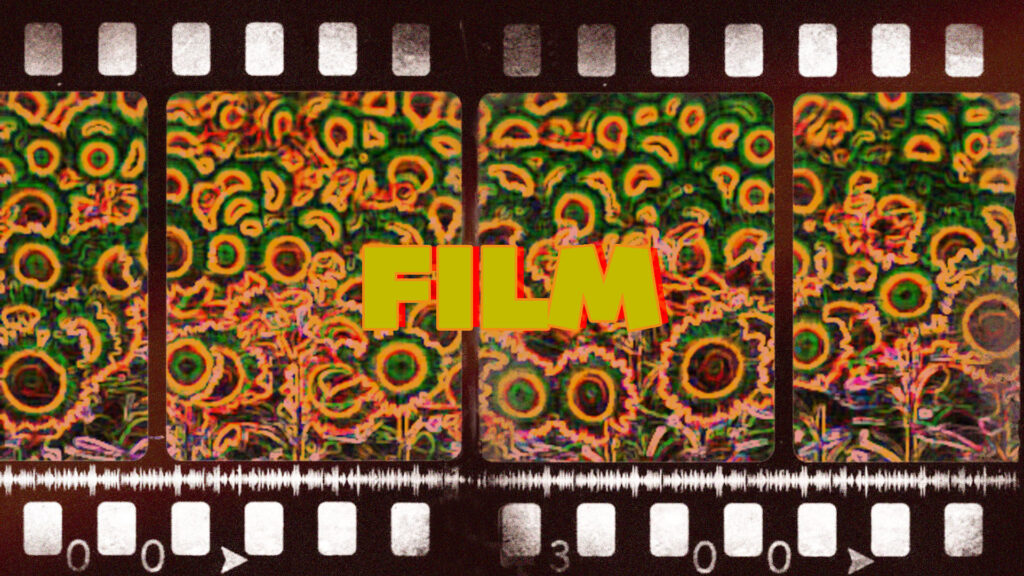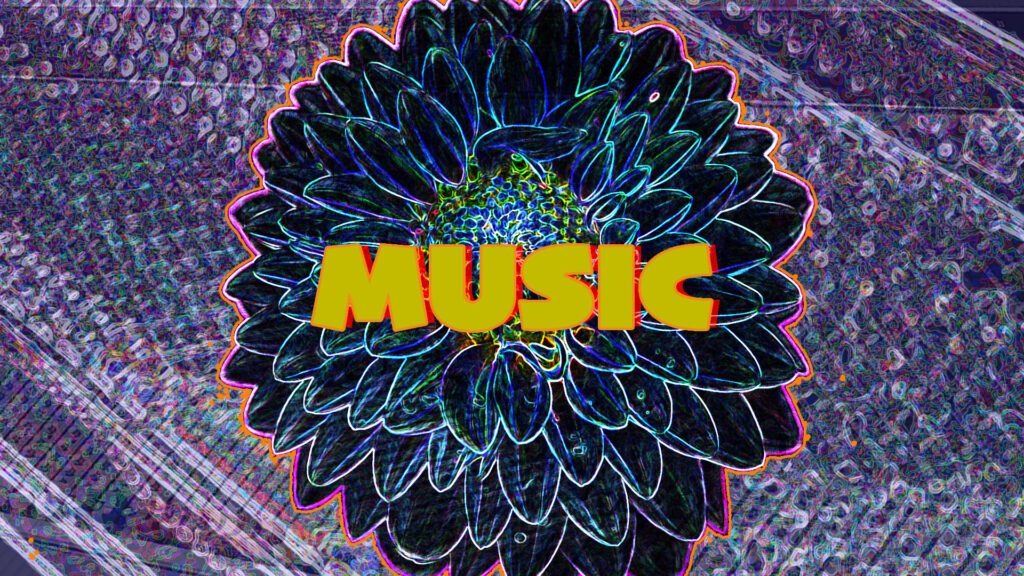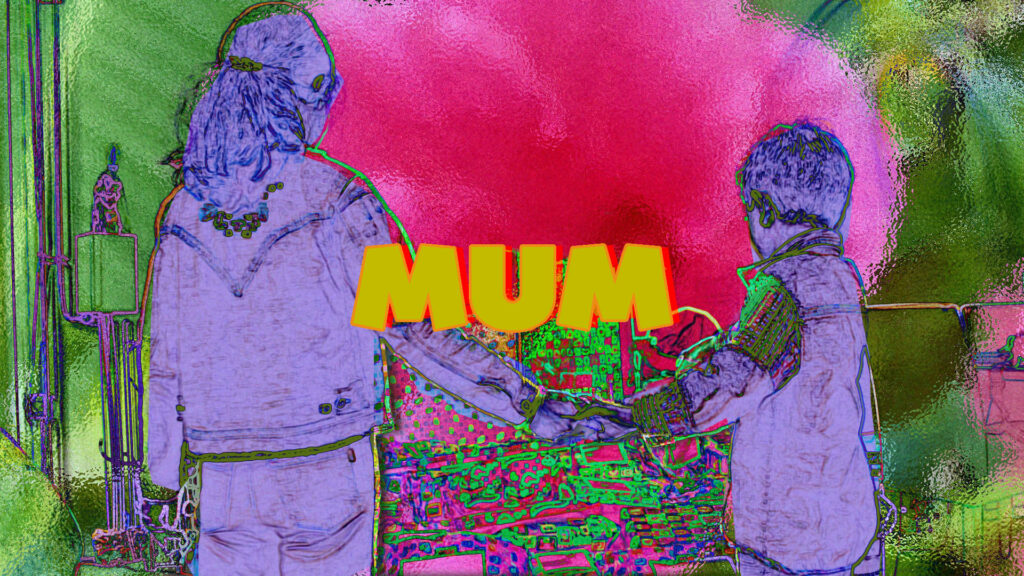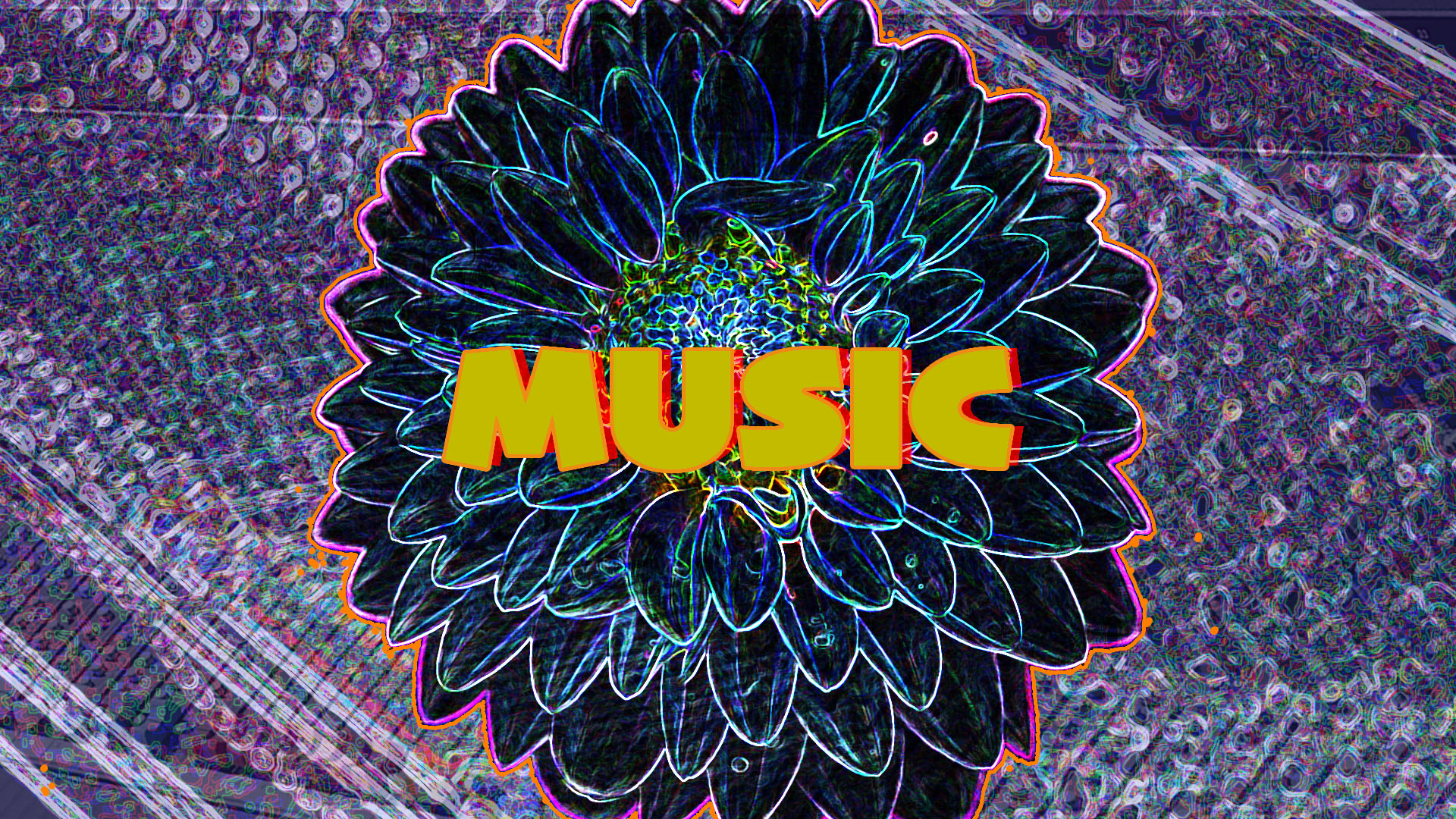
LEGACY – music
LONDON. 1980s. studio.
Together with sound engineer Graeme Holdaway, in the 1980s I set up music recording studio The Beat Factory in Central London, in between Euston and King’s Cross stations.

digital. sampling. pioneers.
Taking full advantage of the burgeoning digital technology of the mid eighties, we decided to pull into the studio digital sampling and sequencing equipment. We were the first in London. Our world was one of analogue sounds – voices, drums, instruments – recorded by an intricate array of microphones in well sound proofed spaces. It was 1985. But now it was possible to sample one second (!) of sound – any sound – and play this back in a rhythm set by a sequencer. We were just so excited. It was impossible to imagine the seemingly limitless possibilities that stretched out before us. The studio attracted an eclectic range of musical artists, such as Fundamental, Transglobal Underground, Belouis Some, Roger Daltrey, Bonnie Tyler, Salad.
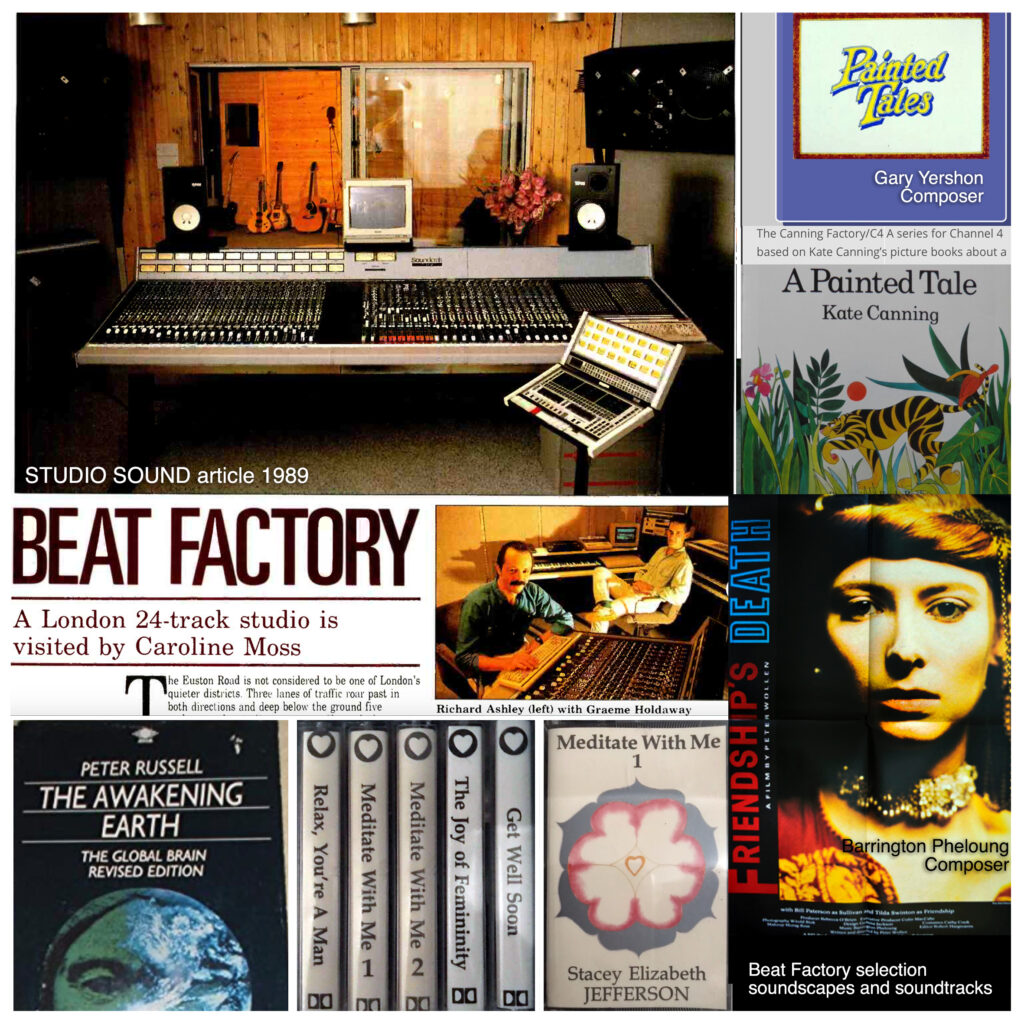
music. creative. mindset.
I was fascinated by how musicians drawn to the studio would intermingle and feed off each other. Having music as a way of expressing yourself and connecting with others is a precious gift that in my view needs to be nurtured. It’s a way of finding a balance in showing vulnerability, whilst at the same time retaining you own self and maybe even allowing yourself to explore your own sense of identity in public. Respect.
management. Sonja. blur
Using The Beat Factory as a studio base, I started managing a variety of artists. Managing creative people presents the challenge of aligning a curious set of seemingly opposing forces. On the one hand there’s providing a nurturing environment in the broadest sense. A shaping of safe circumstances in which the artist can thrive. On the other hand, financial restrictions can limit potential. Nurturing implies an unconditionality which is not necessarily business shaped. Damon Albarn was one and he and I worked with him in different incarnations before settling on the group of musicians that eventually became Blur, iconic for their 1990s Britpop hits. I also worked with Sonja Kristina of Curved Air fame, who impressed with her acoustic tribe, which in a live setting was just so powerful, so we released an album on our own label and went on an extensive UK tour.
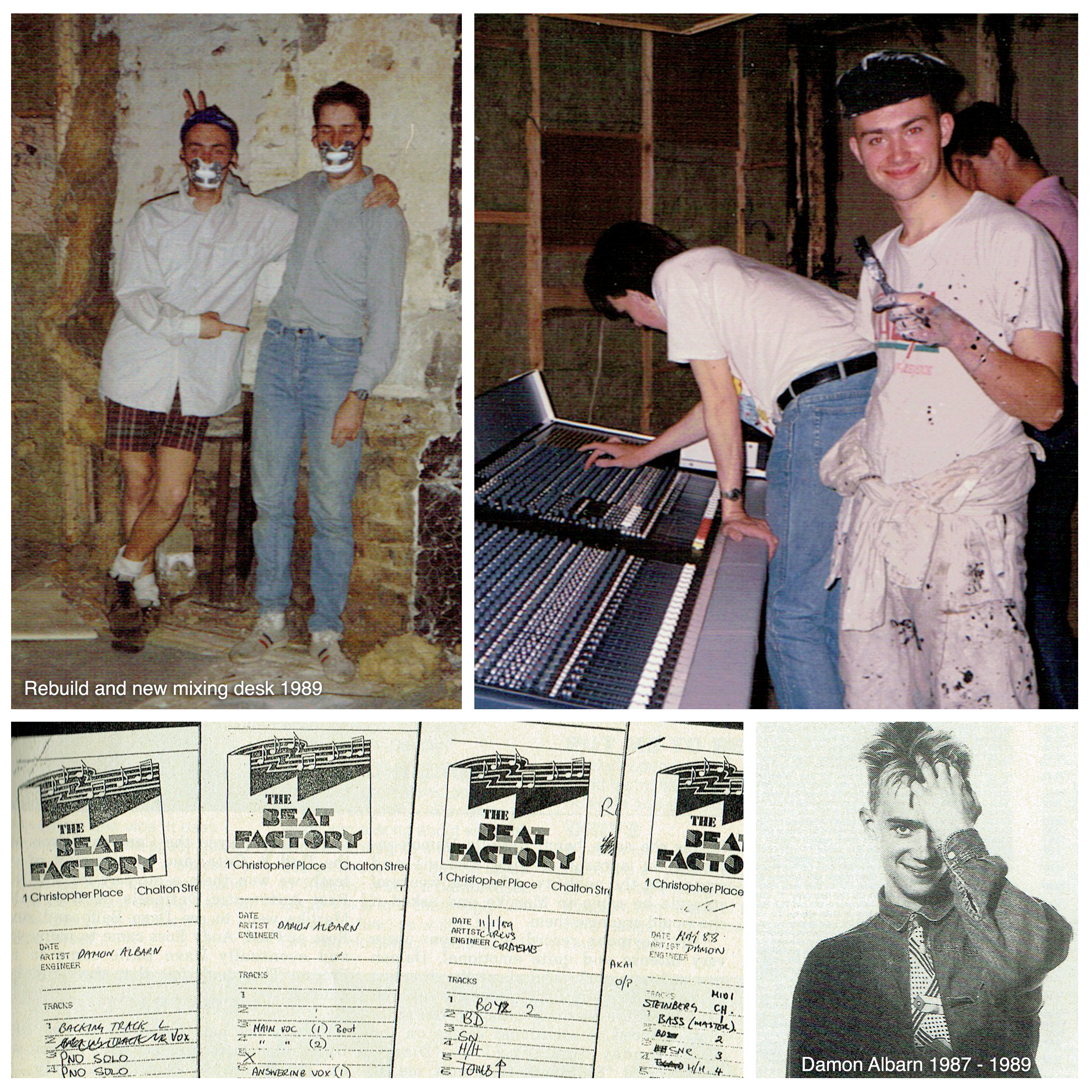
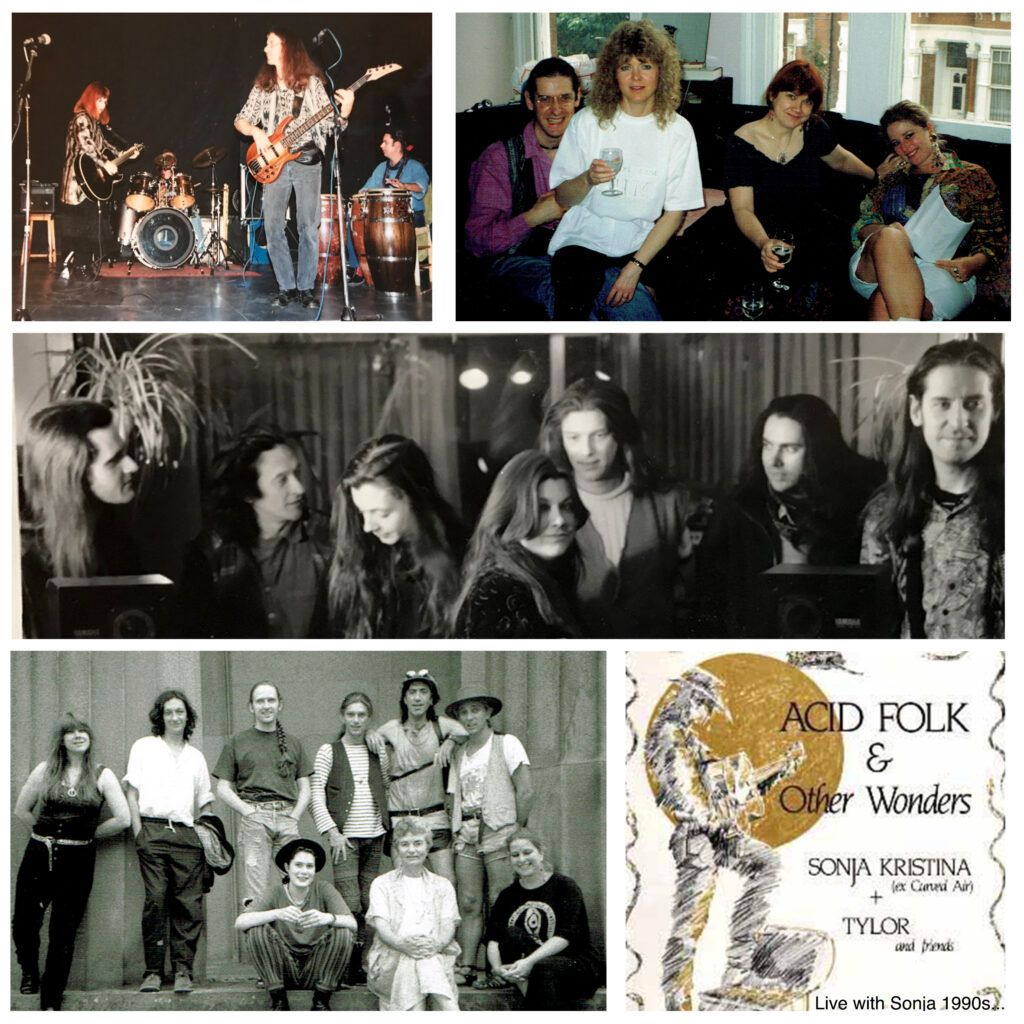
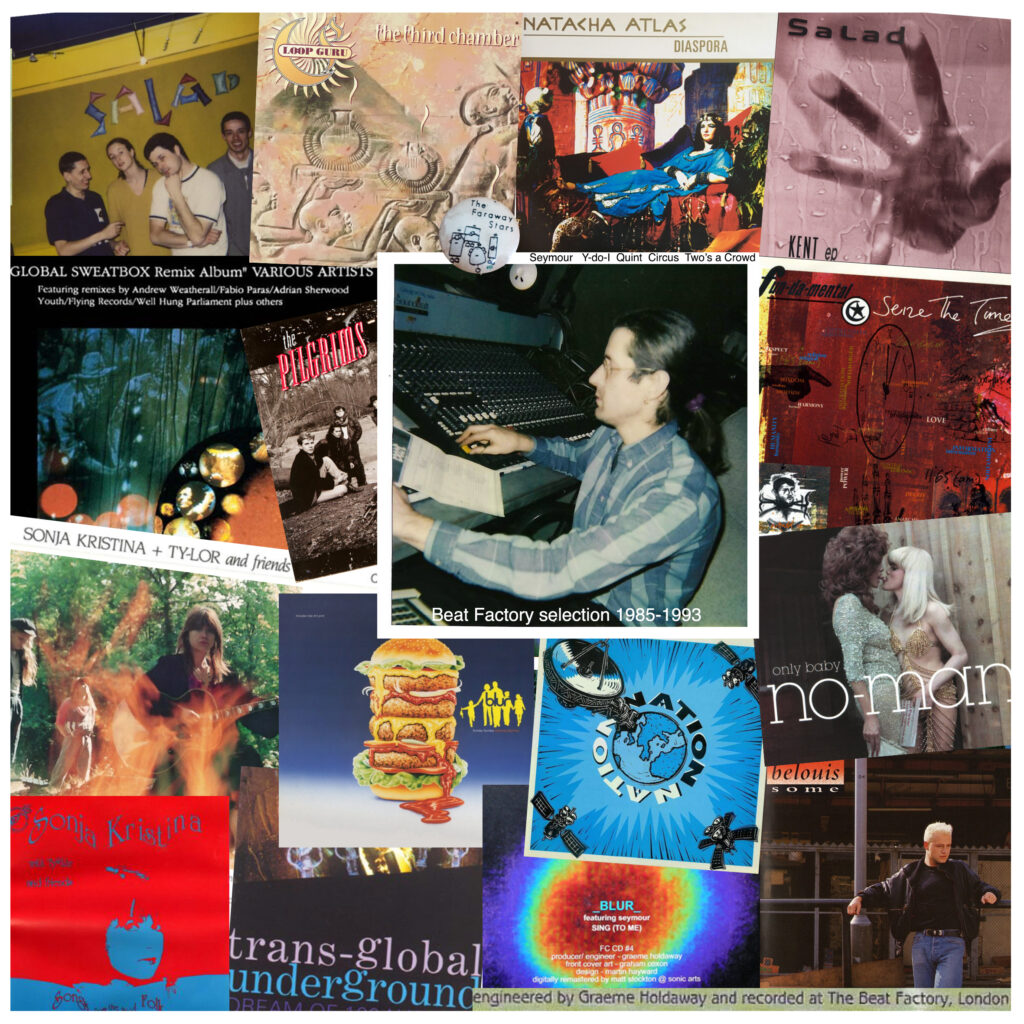
MY LEGACY in 4 parts
This is my journey. Hop on!
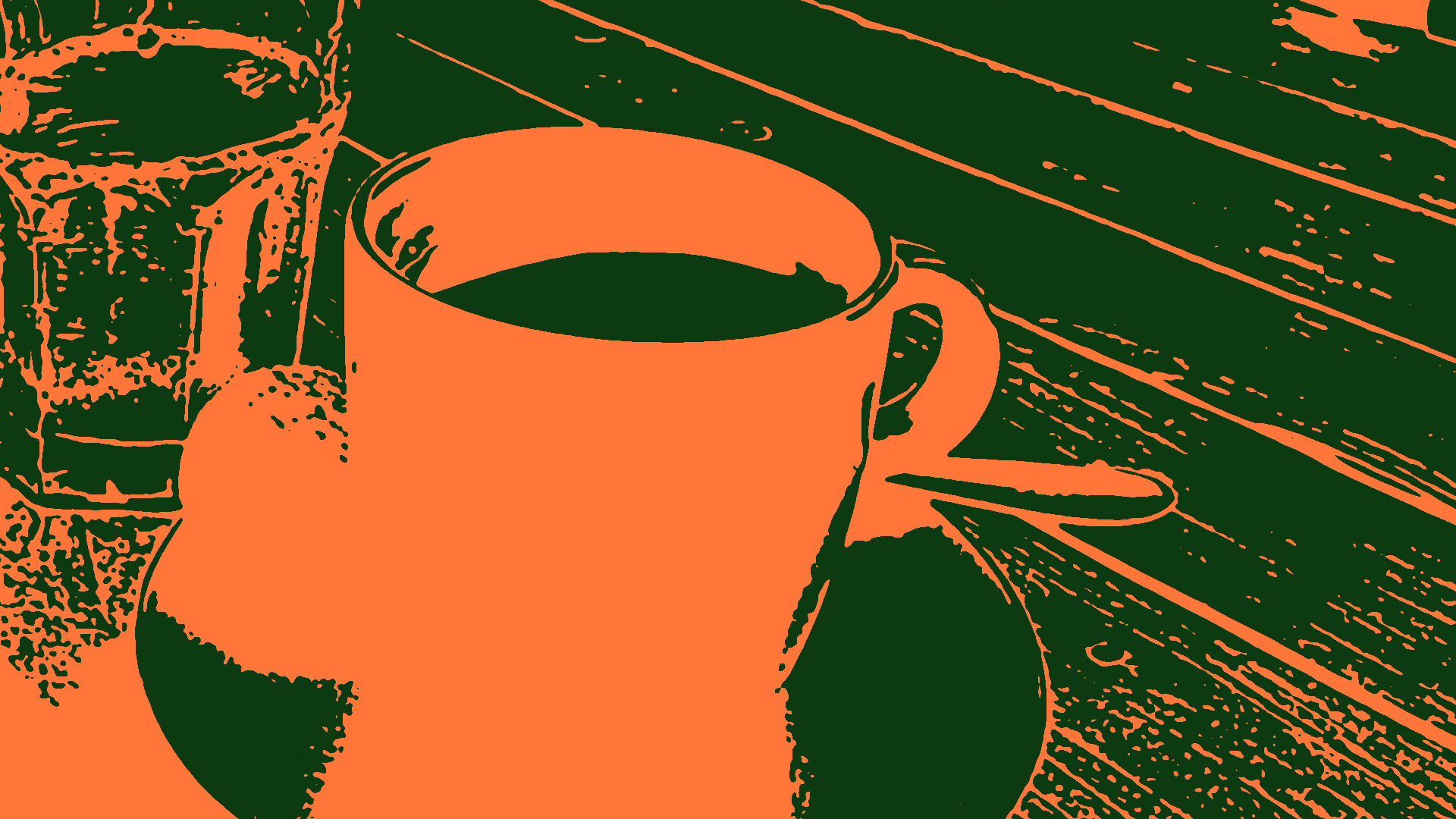
SHARE YOUR THOUGHTS!
Maryke Bergkamp
would love you to get in touch

